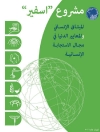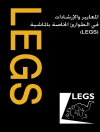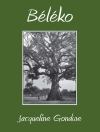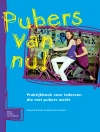This book describes the early career outcomes for female creative graduates in Australia and the UK. It applies the international UNESCO model of the Cultural and Creative Industries (CCIs) to national graduate destination survey data in order to compare creative women’s employment outcomes to those of men, as well as non-creative graduates. Chapters focus on opportunities for creative and cultural work, including salaries, geographic mobility, graduate jobs, underemployment, and skills transferability. The model covers a broad range of cultural and creative domains such as heritage, the performing arts, visual arts and craft, publishing and media industries, fashion, architecture and advertising. The book’s purpose is to provide an informed discussion and empirical report to key stakeholders in the topic, such as academic researchers, teachers and students, as well as cultural sector organisations and education departments.
Daftar Isi
1. Gender and Creative Careers.- 2. Creative graduates and the labour market.- 3. Glass Ceilings, Sticky Floors, and Satisfaction: Rewards and Remuneration.- 4. Movers and stayers.- 5. Embedding creative graduates in creative occupations: gender and country differences.- 6. Conclusion.
Tentang Penulis
Scott Brook is Associate Professor of Communication in the School of Media and Communication, RMIT University, Australia.
Roberta Comunian is Reader in Creative Economy in the Department for Culture, Media and Creative Industries, Kings College London, UK.
Jonathan Corcoran is Professor of Human Geography and the Director of the Queensland Centre for Population Research at the University of Queensland, Australia.
Alessandra Faggian is Professor of Applied Economics and the Director of Social Sciences, Gran Sasso Science Institute, Italy.
Sarah Jewell is Associate Professor of Economics in the Department of Economics, University of Reading, UK.
Jen Webb is Distinguished Professor of Creative Practice in the Faculty of Arts and Design, University of Canberra, Australia.











